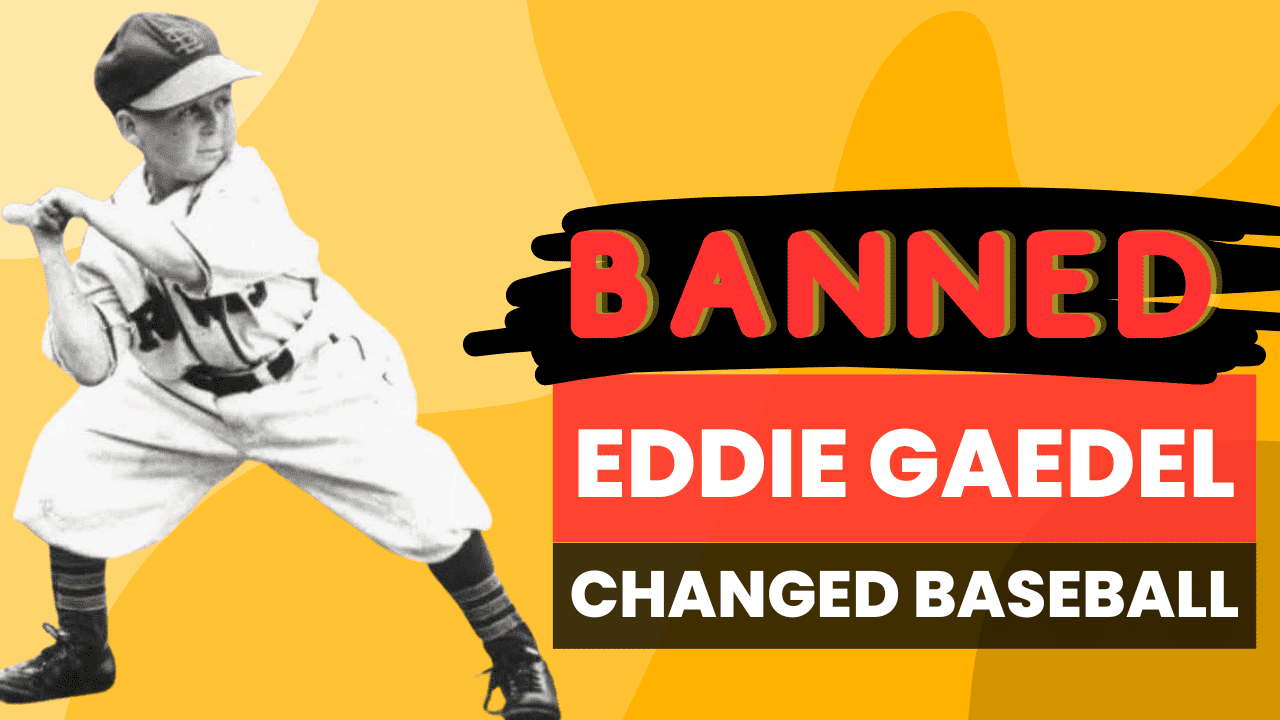Last Updated: March 5th, 2024 by Jake Cain
In a sport revered for its storied traditions and timeless legends, one short tale stands out with a lasting impact that reshaped the Major League Baseball (MLB) rulebook. The YouTube channel Baseball Doesn’t Exist recounts the extraordinary and controversial saga of Eddie Gaedel, the only little person to participate in a major league game. This curious event not only challenged the boundaries of professional baseball but also sparked a conversation on the inclusiveness of the sport.
The Stunt That Shocked Baseball
In the second game of a St. Louis Browns doubleheader on August 19, 1951, a mere 3-foot-7 Eddie Gaedel took to the field. “He was instructed to jump out of a birthday cake and was under orders from this man that told him if he swung, he would be murdered,” the Baseball Doesn’t Exist video narrates, highlighting the bizarre circumstances under which Bill Veeck, the team owner known for his promotional antics, presented Gaedel to the world.
Gaedel, wearing the number “1/8”, made his singular plate appearance a spectacle. “He was going to be on the roof of the stadium with a high-powered rifle, and if he even looked like he was going to swing, he was going to shoot him dead,” Veeck purportedly threatened, ensuring Gaedel’s compliance.
This public relations coup yielded an on-base percentage of 1.000 for Gaedel, as he earned a walk on four sequential balls. The audience roared in delight, but the aftermath was less celebratory. MLB, seeking to preserve the sanctity of the game, voided Gaedel’s contract the next day and later decreed that all short-term contracts require the league president’s approval, effectively banning little people from professional baseball.
The Legacy of a 3-Foot-7 Pinch-Hitter
Despite its brevity, Gaedel’s presence in the major league spotlight is an enduring subject of baseball lore and legal discourse. His story, as captured in the Baseball Doesn’t Exist video and further detailed by Wikipedia, raises questions about the limits of showmanship in sports. “He was, by golly, the best darn midget who ever played big-league ball. He was also the only one,” Bill Veeck reflected in his autobiography “Veeck – As in Wreck.”
The narrative of Gaedel’s lone at-bat and the subversive strategy behind it underscores a deeper debate on the ethics of the game. While some may have seen it as a harmless stunt, others viewed it as a gimmick that eroded the integrity of baseball. Decades later, the ban imposed in the wake of Gaedel’s appearance remains a polarizing topic, especially considering the legal protections afforded under the Americans with Disabilities Act of 1990.
The Improbability of a Strike Zone
The YouTube video delves into the strategic advantage Gaedel could have exploited due to his diminutive stature. With a strike zone “the area over home plate from the midpoint between a batter’s shoulders and the top of his uniform pants and a point just below the kneecap,” as per MLB rules, pitchers faced an unprecedented challenge in finding the zone. Commentators have pondered whether a team of similarly small strike zones would be indefensible.
In more recent times, minor league experiments, like the one involving Dave Flood, and theoretical analyses, such as those by baseball statistician Tom Tango, have explored the potential efficacy of using a dwarf’s small strike zone to a team’s advantage. Nate Silver’s calculations suggest a significant increase in winning odds if such a strategy were systematically deployed.
A Lasting Impact Beyond the Diamond
Eddie Gaedel’s legacy transcends his brief moment in the sports limelight. Veeck’s profound grasp of baseball’s intersection with entertainment lingers in the ongoing tension between the purity of competition and the allure of spectacle. Gaedel’s experience also invites scrutiny of the evolution of inclusivity within professional sports. Since his appearance, the broader implications of who gets to play baseball, and under what conditions, have continued to unfold.
The tale of Eddie Gaedel serves as a compelling chapter in baseball’s rich history, a testament to the game’s capacity for the extraordinary and the unexpected. It’s a story that, much like Gaedel’s singular plate appearance, offers a nuanced look into the heart of America’s pastime.

